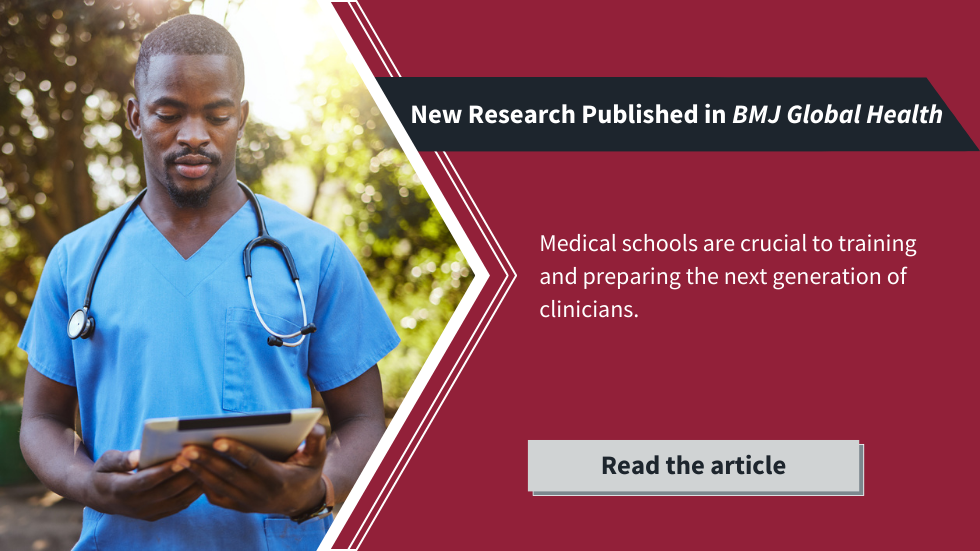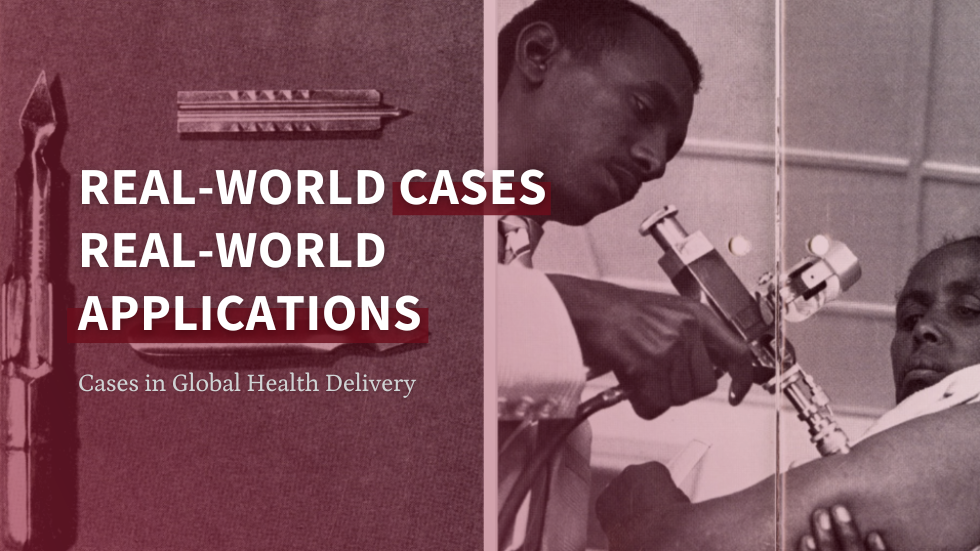Our mission is to improve the health of people everywhere by supporting practitioners to make better decisions and deliver value-based health care using proven approaches and evidence.
The Global Health Delivery Project is a joint initiative of Brigham and Women’s Hospital and Harvard University. We facilitate free access to clinical decision support tools for the current and future health workforce, research and write case studies about what works in health care delivery, and run courses for global health professionals. We support a global network of professionals dedicated to improving the delivery of value-based health care. Learn more.





